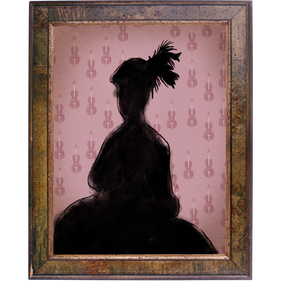|
Born in Berlin to wealthy middle-class parents, Hélène Riese received an excellent musical education in piano and composition. Lauded as a child prodigy—she was called a brilliant pianist by the age of ten—she studied with the best teachers available, including Franz Lauska (a former student of Clementi), Joseph Augustin Gürrlich, and later Ferdinand Ries (a famous pupil of Beethoven). In 1811, an Allgemeine musikalische Zeitung review of her opuses. 1 and 2 compared her music to the early works of the great masters, as opposed to the expected “weak imitation of music written by men.”
Hélène and her family were known by several different names, likely due to rising anti-Semitism in the late eighteenth and early nineteenth centuries. Both Hélène and her husband, John Joseph Liebmann, converted from Judaism to Christianity in the 1810s and changed their name to the more Christian-sounding “Liebert.” Hélène Liebert seems to have been a well-known singer in Hamburg, where she resided with her husband from 1818 to 1859. This “Madame Liebert” was present at a private concert given by the young Clara Wieck (later Clara Schumann) in Hamburg in 1835. Hélène Liebmann was buried in 1869 in Dresden. – Andrea Stewart |





